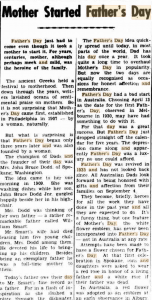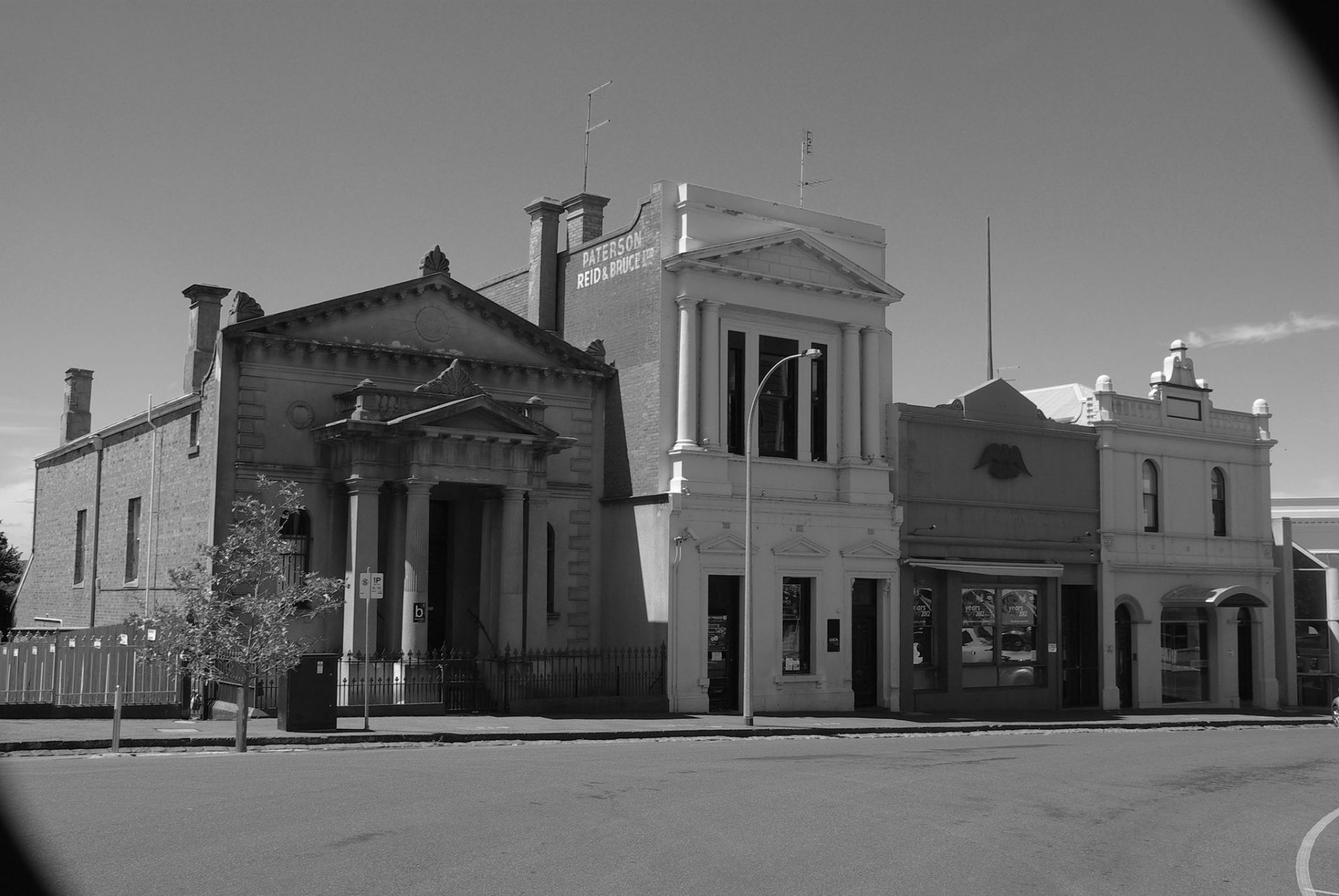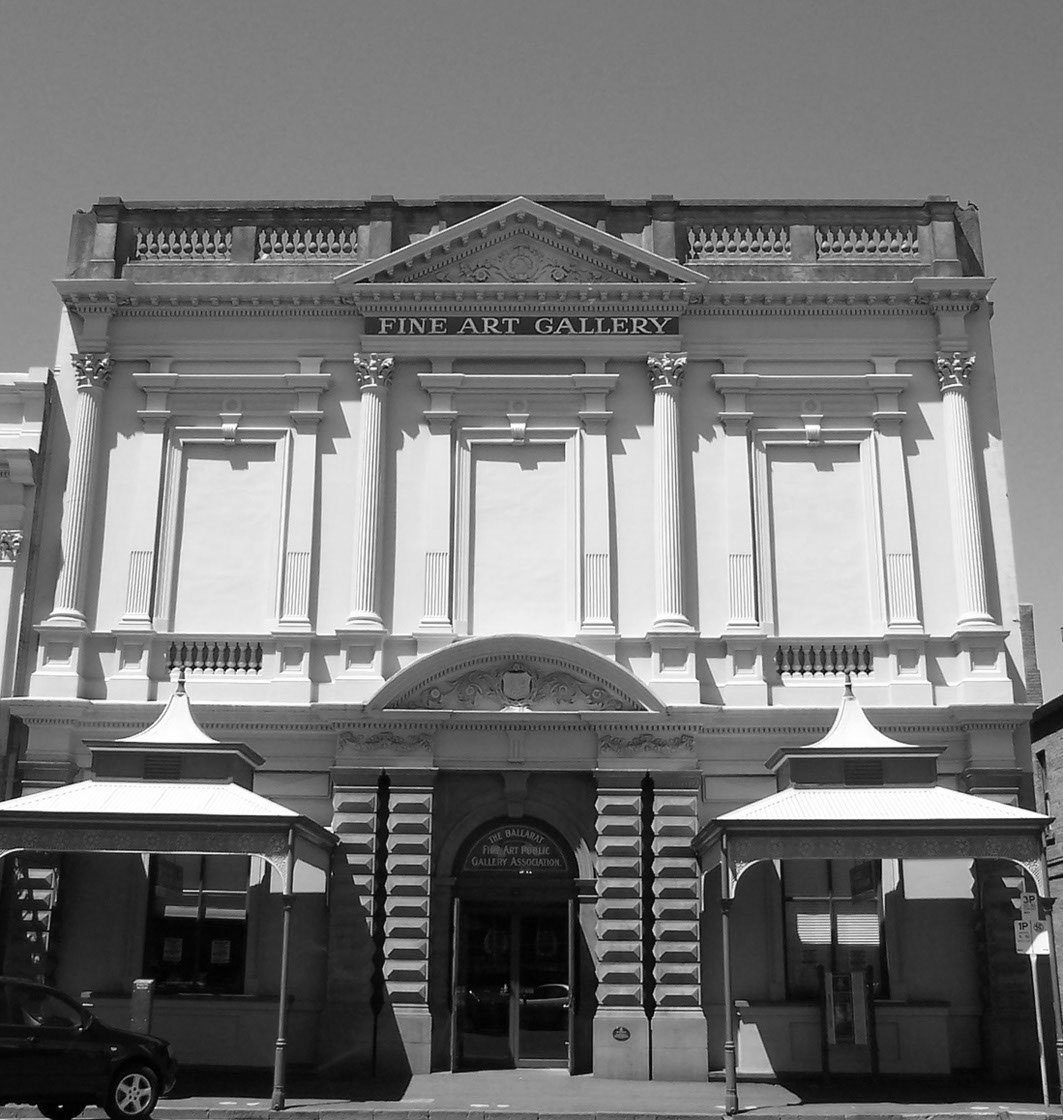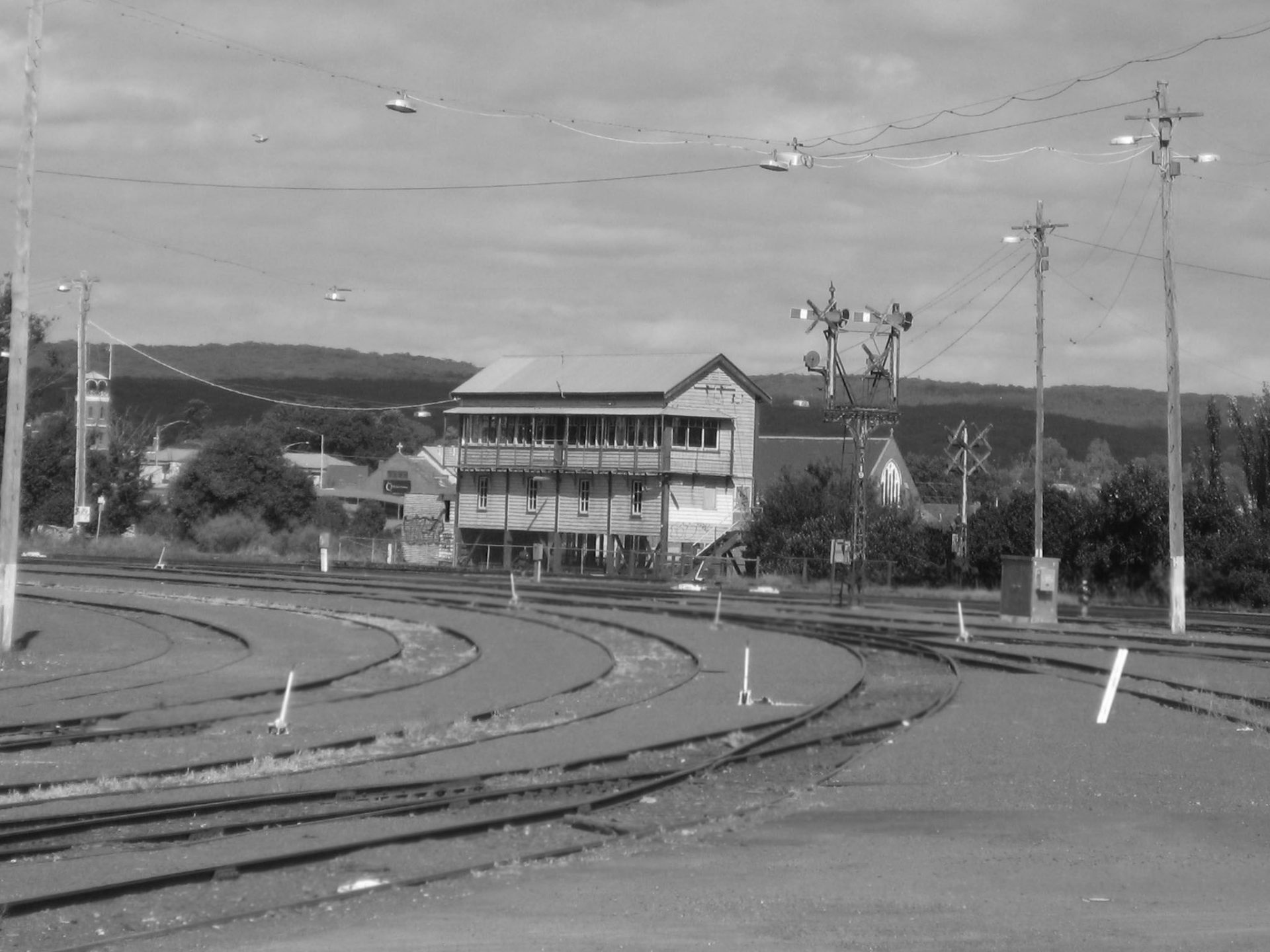
Western Herald (Bourke, NSW : 1887 – 1970), Friday 2 September 1960, page 3.
Mother Started Father’s Day
Father’s Day just had to come even though it took a mother to start it. For years, centuries, mother, although perhaps meek and mild, was the heroine of the family. The ancient Greeks held a festival to motherhood. Then down through the years, writers lavished oceans of sentimental praise on mothers. So it is not surprising that Mother’s Day came first, established in Philadelphia in 1907 – by a woman, naturally. But what is surprising is that Father’s Day began only three years later and was also founded by a woman. The champion of Dads and the founder of their day was Mrs. John Bruce Dodd, of Spokane, Washington.
The idea came to her one morning in 1909. She was washing dishes while her son, John Bruce Dodd Jnr. gurgled happily beside her in his highchair. Mrs. Dodd was thinking of her own father – a rather remarkable father called William Smart.
Mr. Smart’s wife had died leaving him five young children, Mrs. Dodd among them. He devoted his life to bringing up his children. Besides being an exemplary father he was a full-time mother to them.
Today’s fathers owe their day to Mr. Smart’s fine record as a father. For in a flash of inspiration as she sloshed a plate through the dishwater, Mrs Dodd saw a way to repay the debt she and her brothers and sisters owed their father. She saw that her tribute to him should be a world-wide day to honor fathers for the work they did all year maintaining their home, training the children, and safeguarding their family.
Mrs Dodd wrote to the Rev. Conrad Bluhm, president of the Spokane Municipal Association, suggesting that the third Sunday in June be set apart for honouring fathers. The association approved the proposal and the first celebration of the day was held in Spokane in June, 1910.
On that first Father’s Day, Mrs. Dodd and some other mothers rode around the neighbourhood in a horse and buggy looking for worthy fathers and giving them small gifts. Then she formed a Father’s Day Association. The idea caught on because the Middle West had observed such a day unofficially for years.
Different days were chosen in different parts of America until everyone finally agreed on the third Sunday in June – Mrs. Dodd’s day.
In Australia, Father’s Day is celebrated on the first Sunday in September.
In 1911, the observance of Father’s Day was discussed in Chicago as though it was something new. But the discussion did not lead to a general observance of the day there. In 1913, the State of Delaware even granted a charter to certain persons to celebrate Father’s Day in one Sunday each year under the laws of the State.
Ten years after the first celebration in Spokane, Mrs. Walter Hamlet Burgess, of Cheltenham, Pennsylvania, took out a charter for National Father’s Day, and incorporated and registered the name in the U.S. patent office. She had never heard of any observance of Father’s Day. When she learnt of Mrs. Dodd’s activities, she withdrew her claim to priority in establishing the Day.
In 1918, a special Father’s Day was arranged for American troops on active service in France. Fathers at home wrote to their sons in the field and the sons wrote home.
From this confusing beginning, with people in many parts of America claiming to have founded Father’s Day, Mrs. Dodd was finally given full credit and the day she chose is still the day observed in America.

Port Adelaide News 22 May 1925
In 1924, Father’s Day received national public recognition in America and the recommendation of President Coolidge who said:
“The widespread observance of this occasion is calculated to establish more intimate relationsbetween fathers and their children and also to impress upon fathers the full measure of their obligations.”
The Father’s Day idea quickly spread until today, in most parts of the world, Dad has his day once a year. It took quite a long time to overhaul Mother’s Day in popularity. But now the two days are equally recognised as occasions for honest affection and remembrance.
Father’s Day had a bad start in Australia. Choosing April 13 as the date for the first Father’s Day, observed in Melbourne in 1930, may have had something to do with it. For that day was a great success. But Father’s Day just dropped straight off the calendar for five years. The depression came along and apparently Father’s Day was a luxury no one could afford.
Father’s Day was revived in 1935 and has not looked back since. All Australian Dads look forward to being honoured with gifts and affection from their families on the first Sunday in September.
They become, briefly, heroes for all the work they have done in the past year and all they are expected to do. It’s a funny thing, but one feature of Mother’s Day, the white flower emblem, has never been incorporated into Father’s Day – not in Australia at any rate.
Attempts have been made to have a flower chosen for Father’s Day. At that first celebration in Spokane, sons and daughters were asked to wear a red rose in honour of a living father and a white rose if their father was dead.In Australia, a red flower was adopted as an emblem at an early observance in Albury. But the idea of a flower for father just never caught on. Father is probably too much of a he-man to most of us to associate him with a flower.
But one old idea for a floral emblem for Father’s Day might be worth reviving
Members of the Martin W. Callener Bible Class, of Winkinsburg, Pennsylvania, selected the dandelion as their Father’s Day emblem in 1924 because “the more it’s trampled, the more it grows.”
What about a dandelion for Dad’s Day? On Sunday, September the fourth?
Excerpt taken from
Western Herald (Bourke, NSW : 1887 – 1970), Friday 2 September 1960, page 3
https://trove.nla.gov.au/newspaper/rendition/nla.news-article103981560.txt
Transcribed by Dorothy Wickham







